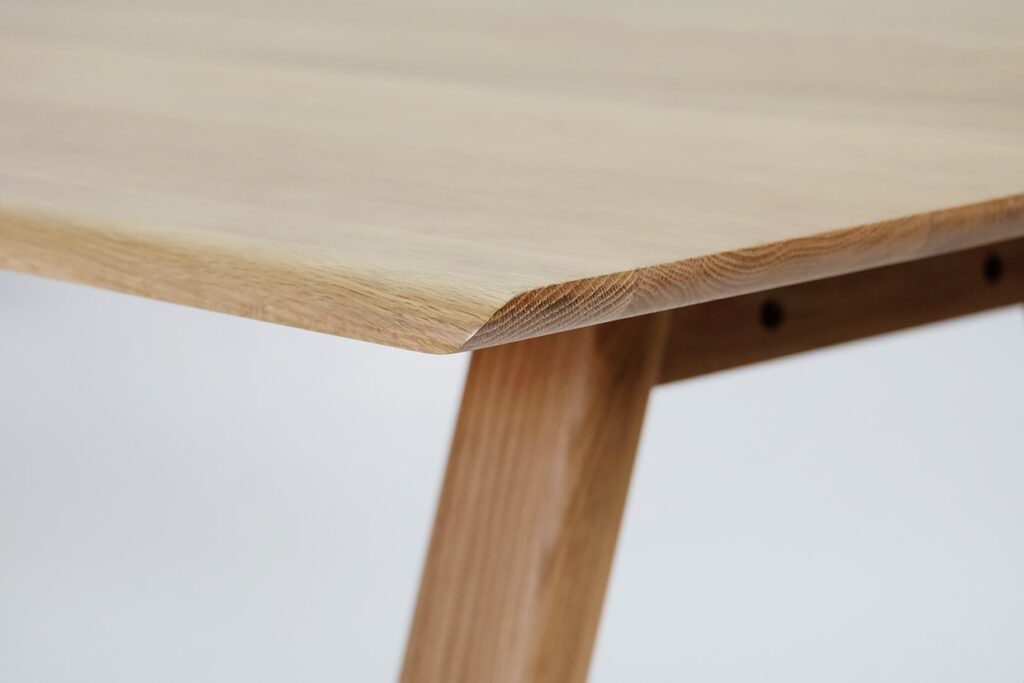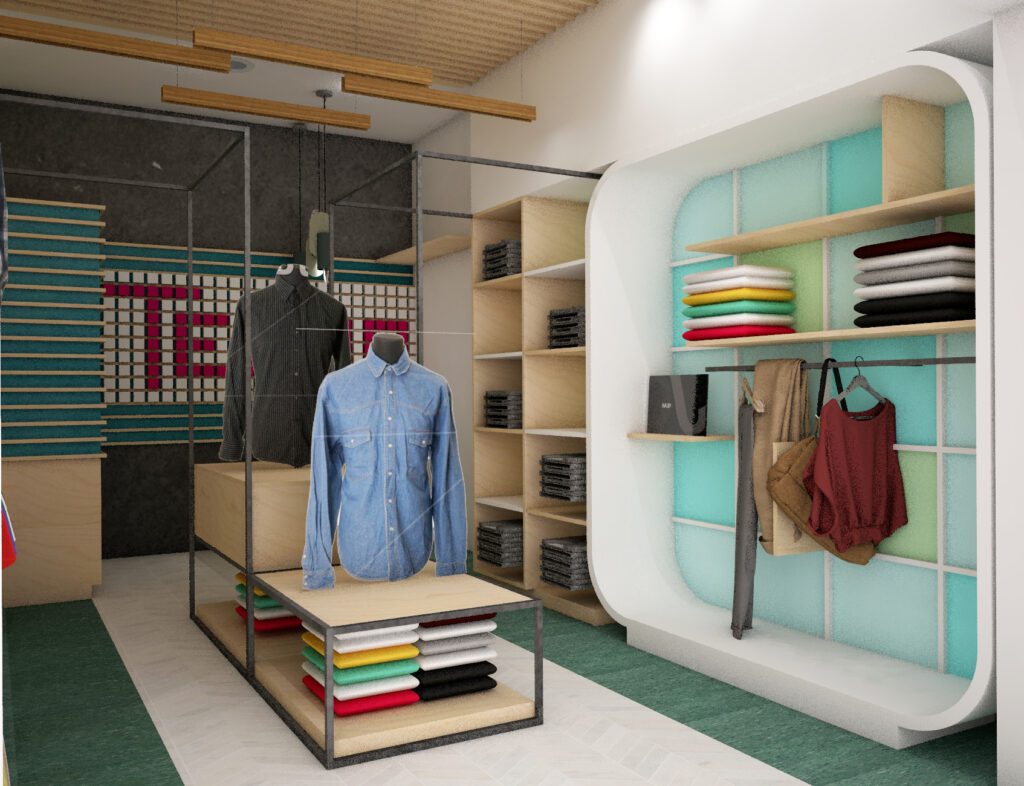I came across a meme in Instagram recently. And that kindled me to write this post. As the above picture says are we losing out on details in the design ?(Well! there are no pictures above. Wish I could post the picture here for your reference, sadly I am unable to find the pic. If anyone finds a pic comparing yester years phone booth, water hose pipe connection or just any other detail in design that you liked and you feel missing in the modern evolution of the same design, feel free to post it under the comments below) Making every other furniture mundane in the name of minimalism and the western design influence. Industrialisation might have led to mass manufacturing. Sure! There is great reduction in time and cost incurred in them .
But what about the uniqueness in terms of cultural and user contextuality? These questions, dear readers are what I pose upon myself too while I sit to design.
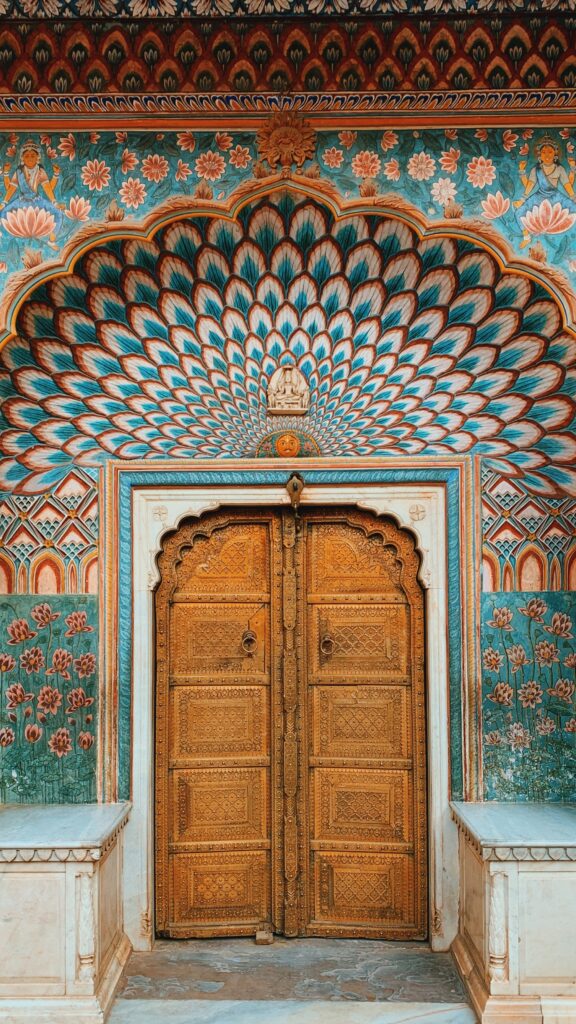
Where are we led to? Those days people had to dig their own mind to draw imageries from to create a form. And their mind repository had mostly what they had experienced not just visually but either through their tactile sense or through heresay stories passed on from generation to generation.
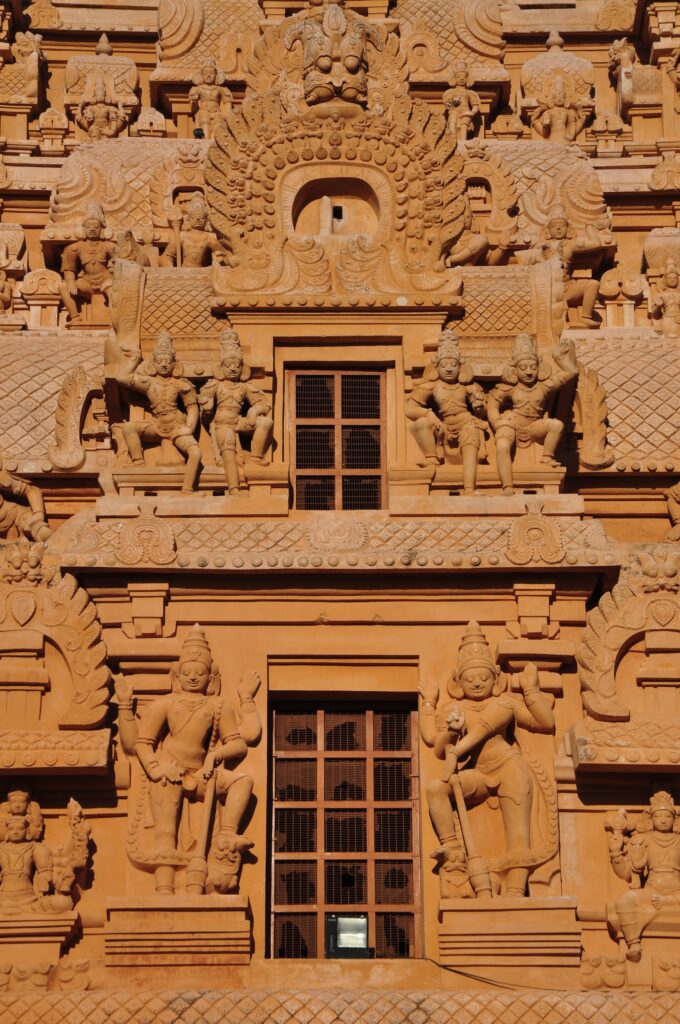
Thus ,created forms had a personality imbibed to them, they were their favourites and remain the same for us too. Like the handicrafts and craftsmen of our thaata paatis age would we, this Gen Z, leave a legacy behind to our future generation. Or just the filtered images , and the fleeting likes and follower counts that would any which ways get dissolved in the ever booming technology’s new social media giants and their apps?
Okay! Let me keep aside the lamentings and give a run through of the thoughtful details that I liked (rather than the ornative ones by craftsmen that I have ranted and raved in the previous paras)
Classification of details
Details in design can be classified as to what purpose they are designed to.
- Purely ornative/ aesthetic
- Functional use
- Both of the factors cited above
We at Studio AJ Architects aim at paying attention to the details that serve the user in a tad better way than the conventional way, ADDING to the aesthetics. Best architecture / interior design is which caters to the functional aspect of the user composed in a aesthetically pleasing way – so now you know what to look for in the search of best architects or best interior designers near you. And this dear readers, believe me is hardest (thought gruelling as well as the fun part) to achieve in any design development stage.
A common exterior detail many would have noticed that architects in modern times adapt to is those rain chains that are hung from a water spout at a height normally from a terrace that facilitates water draining in a smooth way without that sound of water thumping on the ground, digging holes in the soil. Such treatment looks like metal cascade when there is no water running down through it.

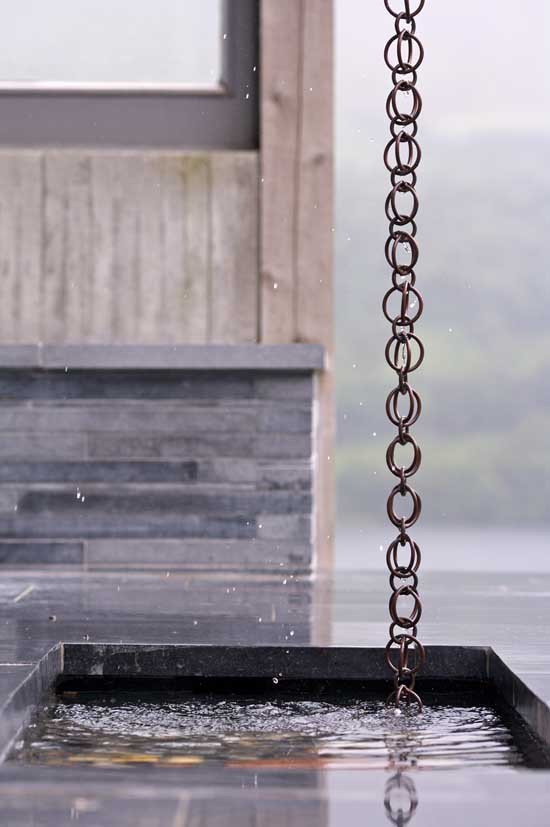
A very useful detail in the interiors is to have the table edge chamfered and smoothened so that the edges dont hurt your palm while writing or using your system on your desk.
Such thoughtful details enhance the utility as well as the aesthetic aspect of the design. Don’t you agree with me, readers?
Share this:
- Click to share on WhatsApp (Opens in new window) WhatsApp
- Click to share on Facebook (Opens in new window) Facebook
- Click to share on LinkedIn (Opens in new window) LinkedIn
- Click to share on X (Opens in new window) X
- Click to share on Reddit (Opens in new window) Reddit
- Click to share on Tumblr (Opens in new window) Tumblr
- Click to share on Pocket (Opens in new window) Pocket
- Click to email a link to a friend (Opens in new window) Email
- Click to print (Opens in new window) Print
- Click to share on Telegram (Opens in new window) Telegram
- Click to share on Pinterest (Opens in new window) Pinterest
- Click to share on Nextdoor (Opens in new window) Nextdoor
- Click to share on Mastodon (Opens in new window) Mastodon

